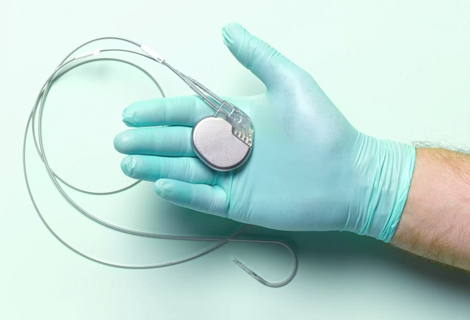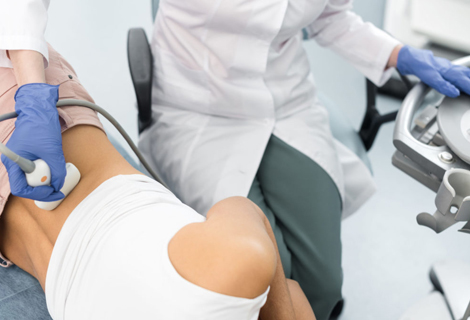External Defibrillator
What is an External Defibrillator?
An Automated External Defibrillator is a portable medical device used for emergency treatment of life-threatening arrhythmias. It can be used to analyze the heart rhythm and restore it to its normal state by delivering an electrical shock.
An external defibrillator treats ventricular fibrillation and ventricular tachycardia (a rapid heartbeat). It includes electrodes that detect the patient's heart rhythm and deliver electrical shocks to restore normal rhythm.
In the case of ventricular tachycardia or ventricular fibrillation, it is essential to give emergency treatment as soon as possible and call 911. An AED is available in public places and can be used for this purpose. It is user-friendly and automatically analyzes the heart rhythm, and instructs the user to deliver a shock.
What is the need to perform External Defibrillation?
CPR and defibrillation are techniques that help keep the blood flowing to the heart and brain. By performing CPR, you will increase your chances of re-establishing a normal heartbeat. Conversely, defibrillation will help restore normal heart rhythm by sending electrical signals with an external defibrillator.
External defibrillation is used at the sign of a sudden cardiac arrest which can be ventricular fibrillation or ventricular tachycardia. It may be due to:
-
Heart diseases like congestive heart failure, certain congenital heart defects, or even previous cardiac arrest
-
Adverse effects of drugs
-
Electrolyte imbalance
What are the risks of External Defibrillator?
Defibrillation is a life-saving procedure with some risks and complications. However, the benefits of this procedure surpass its risks. Some of the potential dangers of defibrillation include:
-
Occurrence of other cardiac arrhythmias
-
Skin burns
-
Myocardial necrosis (death of heart muscle tissue)
Preventing risks during a life-threatening situation is unavoidable. Follow these methods to reduce other risks:
-
Immediately call 911 if you have chest pain, shortness of breath, or other chest discomforts
-
Follow the instruction on the AED to know when and how to give the electrical signal
-
Make sure that the area around the patient is clear
How is External Defibrillation performed?
To use an AED, you will need to follow the instructions on the device. If you see someone having a heart attack, use it to give emergency treatment. The instructions on the device may include:
-
Call 911
-
Check the patient's pulse
-
Switch on the AED, which will give you step-by-step instructions on how to check the patient's breathing and pulse and where to place the electrodes.
-
The defibrillator will analyze the patient's heart rate and determine if a shock is needed.
-
The AED will also guide you through the CPR after the shock



